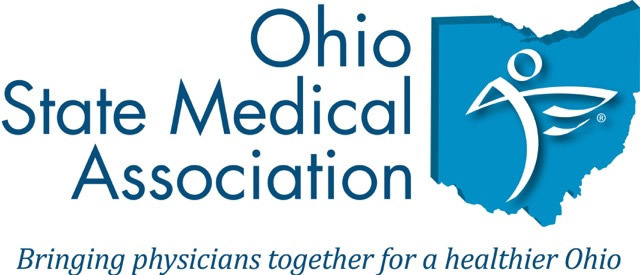Complete Story
04/06/2021
Telehealth from the Field: Case Study Involving Remote Monitoring Problems
Brought to you by OSMA Preferred Partner, The Doctors Company
Even before the COVID-19 pandemic, the use of remote patient monitoring was expanding. The technologies offer many benefits, but they may also create potential malpractice risks. Consider the following case example and strategies that can help mitigate risks.
Case Example
During an annual physical, the physician recommended ambulatory electrocardiography for a patient with a history of prior cardiac arrhythmia. The physician told the patient he would receive the ambulatory monitor by mail and that the package would contain everything he needed.
About a week later, the monitoring package arrived. opened it, read the instructions, and applied the device. After a few hours, the device fell off. He reapplied it multiple times, but the device continued to fall off. After several calls with the device manufacturer, the patient gave up, tucked the device in the box, and mailed it back to the manufacturer.
A week later, the patient received a letter from the physician, stating that his monitoring results were normal. The patient—who was surprised to receive these results—followed up. During the discussion, the physician told him that the device manufacturer downloaded and evaluated the results and provided a report that the physician then shared with the patient. The physician was surprised to learn that the patient had not completed the monitoring period and the device had not performed as expected, but the results were still reported as normal. The patient lost confidence in both the physician and remote monitoring technology and did not return to the practice.
Patient Safety Strategies
Whether you have already implemented remote patient monitoring or are thinking about it, consider the following strategies:
- Use a deliberate process to evaluate and select remote patient monitoring devices.
- Determine how the data will be collected, transmitted, stored and reported. In the case example, the manufacturer reported the study as normal even thought the full monitoring period was not completed.
- Ensure the patient is ready to participate. Advise patients to call the office about any device problems or concerns. In the case scenario, the device did not adhere properly to the patient’s skin.
Plan and Prepare
This case study highlights the importance of careful planning and preparation when incorporating remote technologies into the patient care services offered by a medical practice. Providers who recommend products and services to their patients have a responsibility to apply due diligence in confirming that the device manufacturer is reputable, the device is safe, and the information it produces is accurate and reliable. Once a decision is made to use remote technology, the next steps should be to develop appropriate use guidelines that include preparing patients, managing device concerns/troubleshooting, tracking results, and following up with patients.

